50+ Sample Standard Operating Procedure (SOP) Templates
-
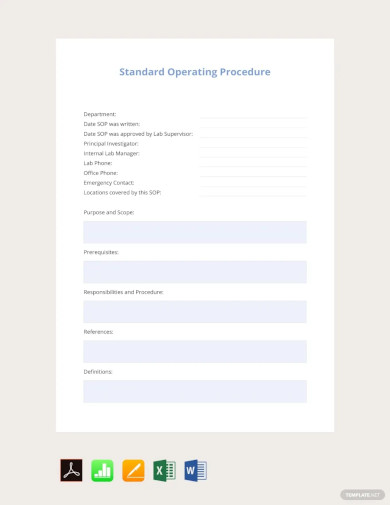
Standard Operating Procedure Example Template
download now -
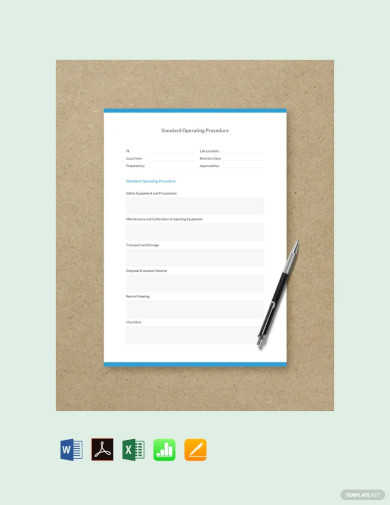
Standard Operating Procedure Template
download now -
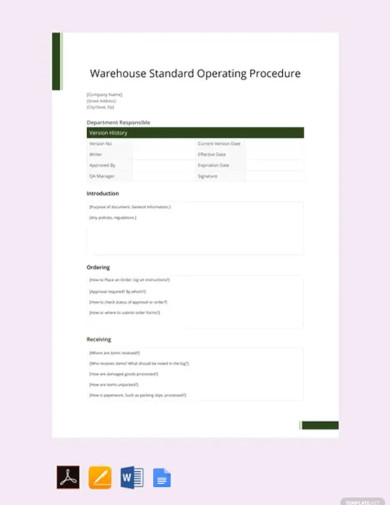
Warehouse Standard Operating Procedure Template
download now -
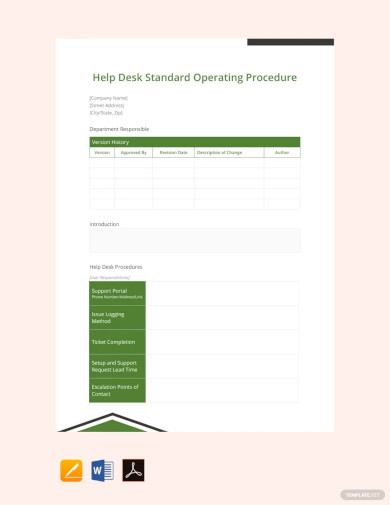
Help Desk Standard Operating Procedure Template
download now -
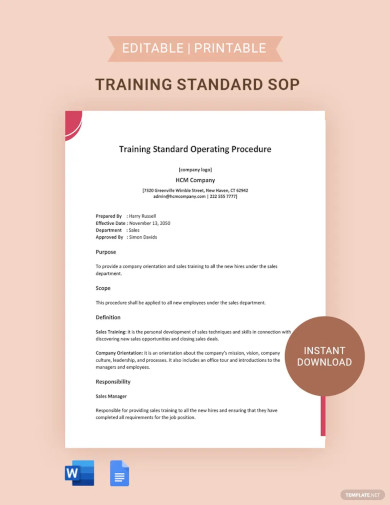
Training Standard Operating Procedure Template
download now -
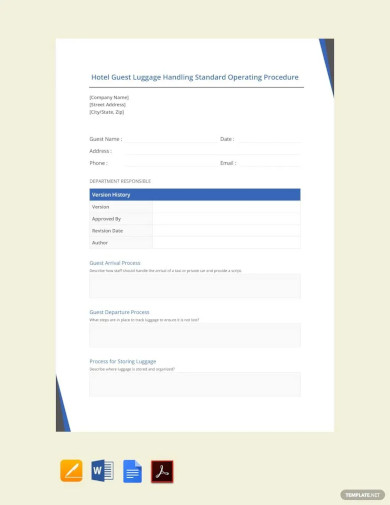
Hotel Guest Luggage Handling Standard Operating Procedure Template
download now -
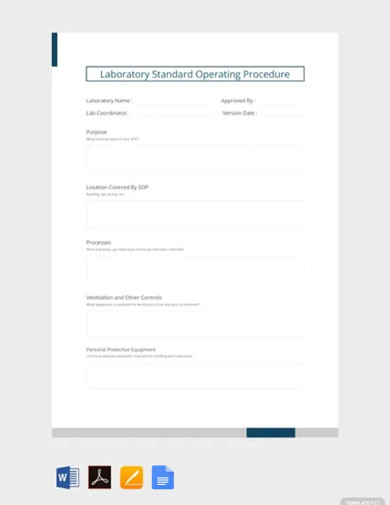
Laboratory Standard Operating Procedure Template
download now -
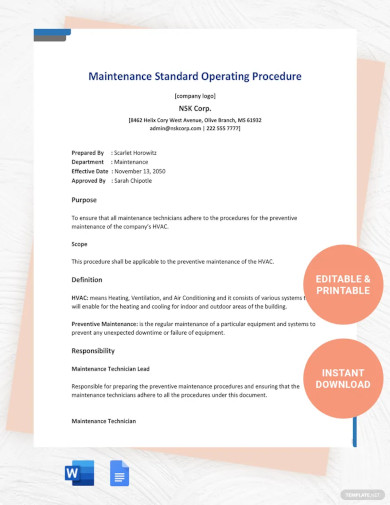
Maintenance Standard Operating Procedure Template
download now -
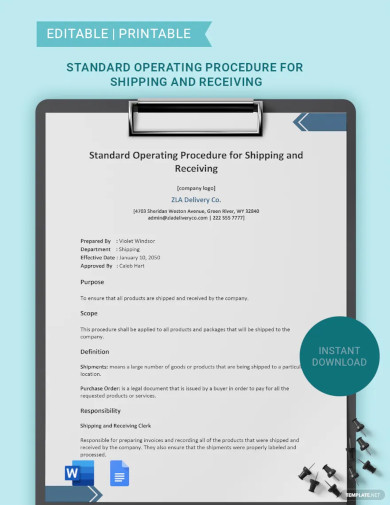
Standard Operating Procedure for Shipping and Receiving Template
download now -
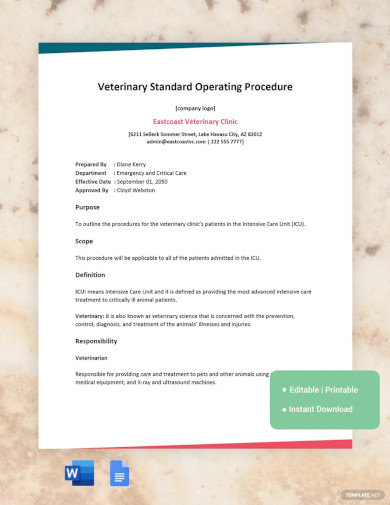
Veterinary Standard Operating Procedure Template
download now -
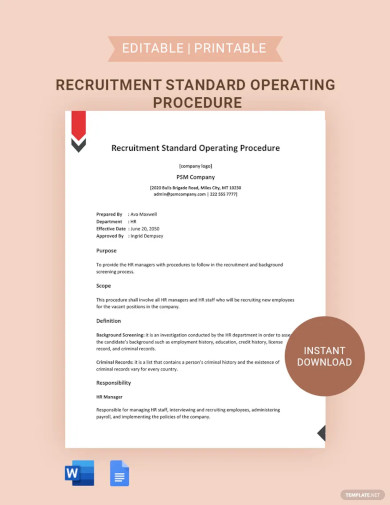
Recruitment Standard Operating Procedure Template
download now -

Professional Standard Operating Procedure Template
download now -
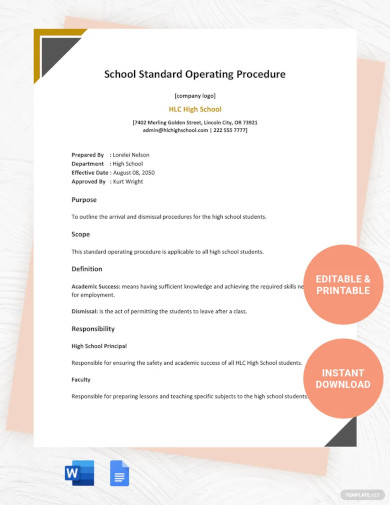
School Standard Operating Procedure Template
download now -
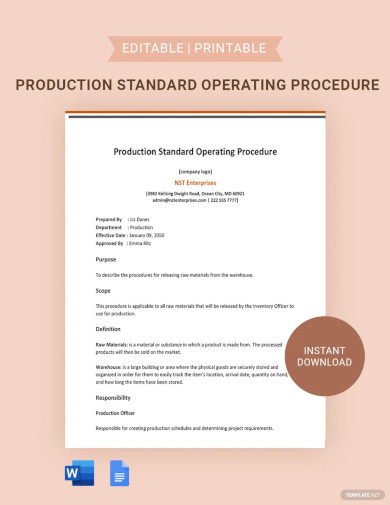
Production Standard Operating Procedure Template
download now -
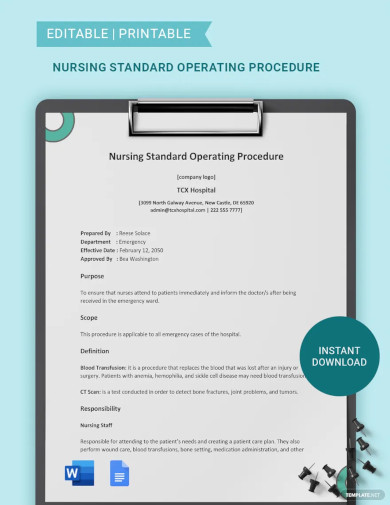
Nursing Standard Operating Procedure Template
download now -
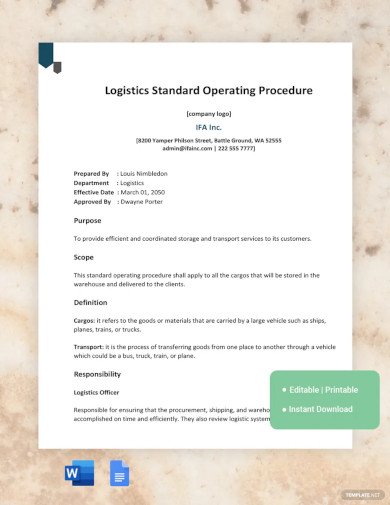
Logistics Standard Operating Procedure Template
download now -
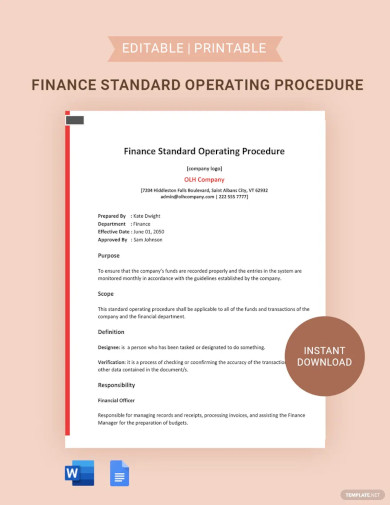
Finance Standard Operating Procedure Template
download now -
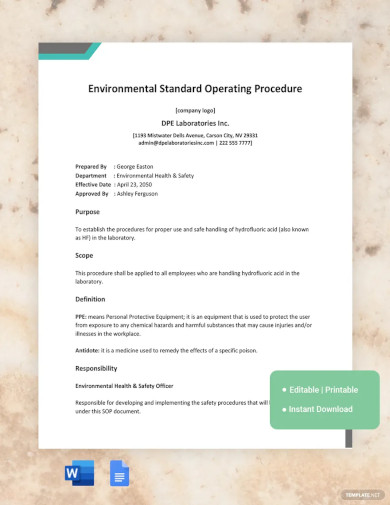
Environmental Standard Operating Procedure Template
download now -
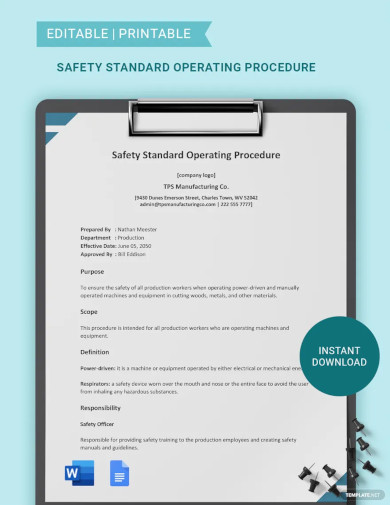
Safety Standard Operating Procedure Template
download now -
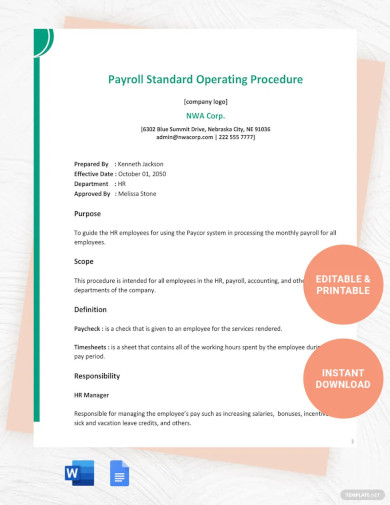
Payroll Standard Operating Procedure Template
download now -
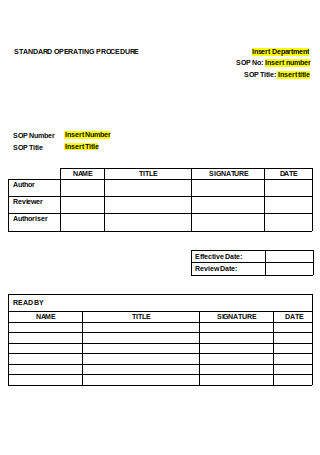
Creating Standard Operating Procedures
download now -
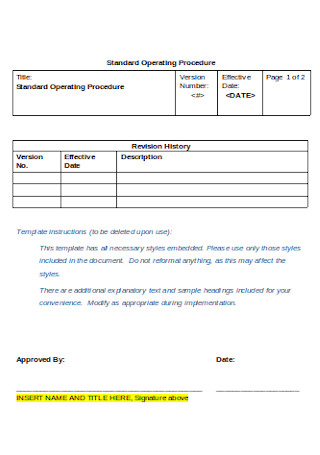
Process for Standard Operating Procedure
download now -
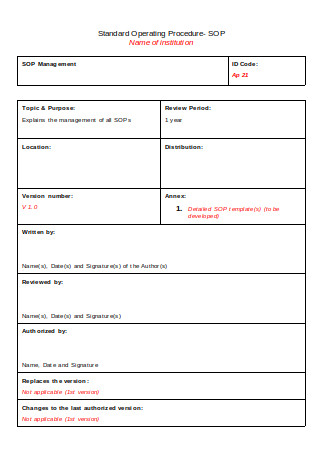
SOP Management Design
download now -
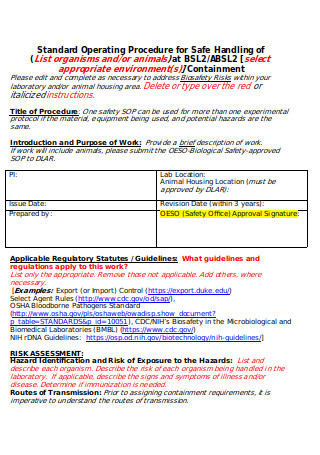
Standard Operating Procedure Manufacturing
download now -
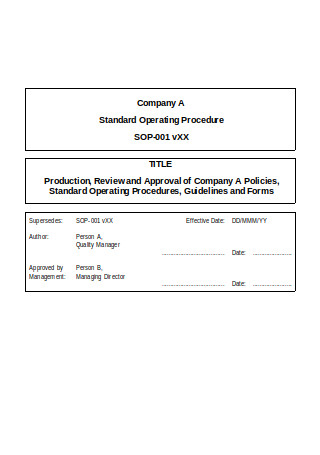
Company Manual Standard Operating Procedure
download now -
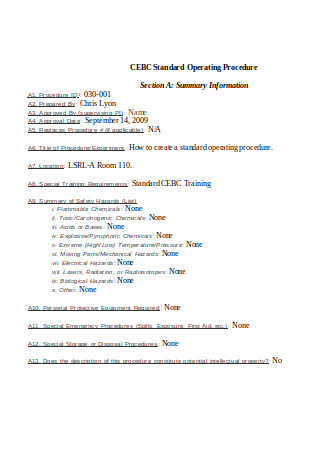
CEBC Standard Operating Procedure Checklist
download now -
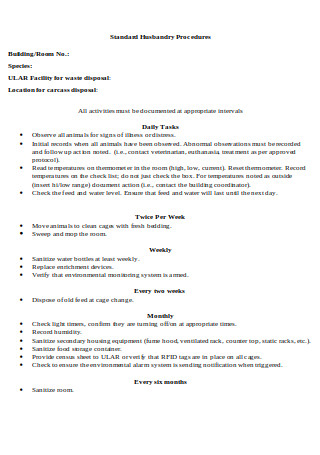
Customer Service Standard Operating Procedure
download now -
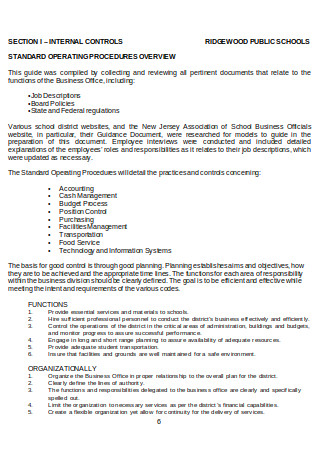
SOP and Visual Internal Controls
download now -
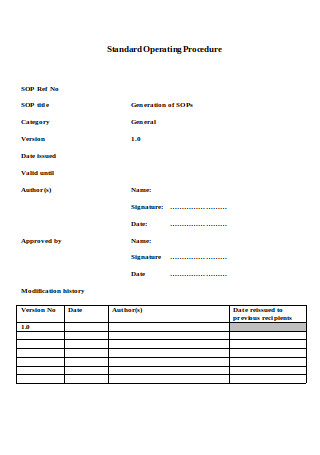
Restaurant Generation of SOPs
download now -
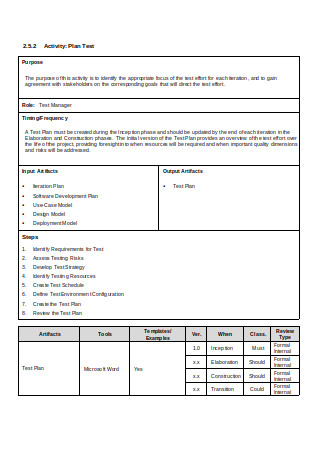
Engineering Software Testing SOP
download now -
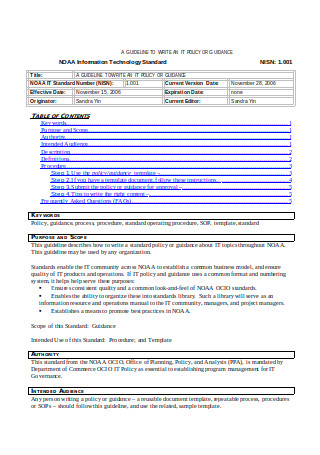
IT Construction Standard Operating Procedure
download now -
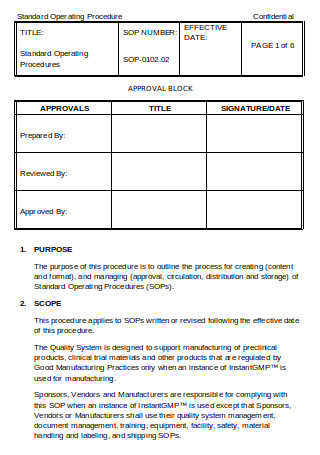
Office Administration Standard Operating Procedure
download now -
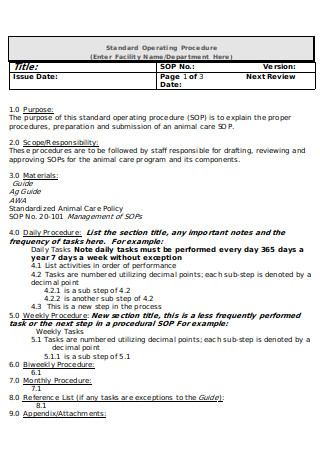
Sample SOP Business
download now -
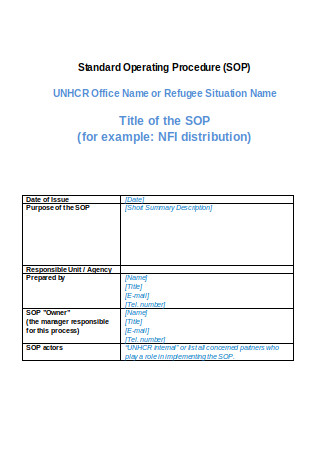
Standard Operating Procedure (SOP) Marketing
download now -

Research SOP Maintenance
download now -
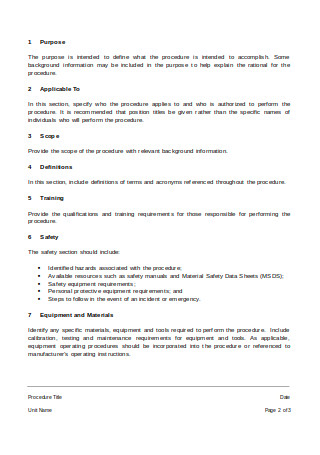
General Kitchen Standard Operating Procedure
download now -
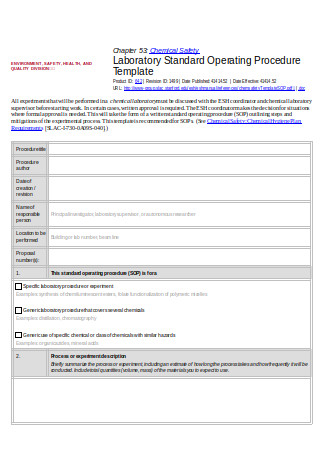
Laboratory Accounting Standard Operating Procedure
download now -
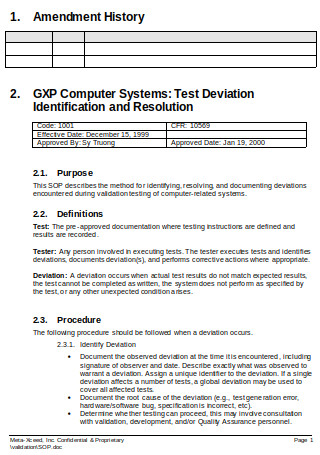
Event Standard Operating Procedure (SOP)
download now -
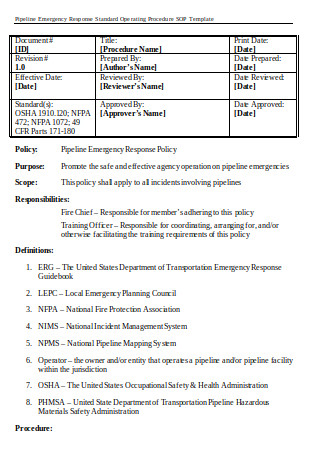
Housekeeping Standard Operating Procedure
download now -
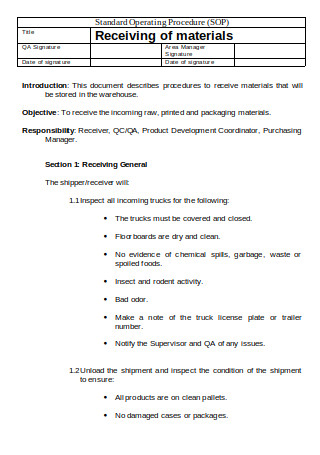
Warehouse Standard Operating Procedure
download now -
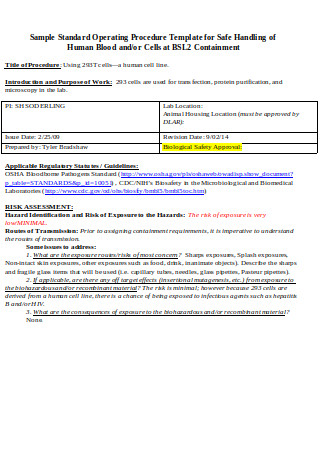
Sample Standard Operating Procedure Template
download now -
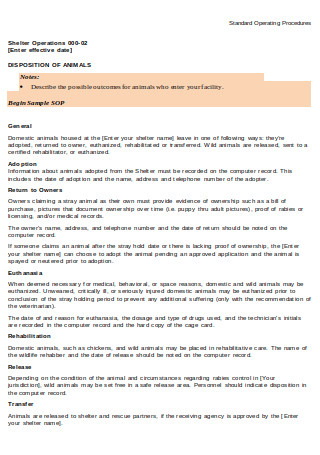
Generic Standard Operating Procedures
download now -
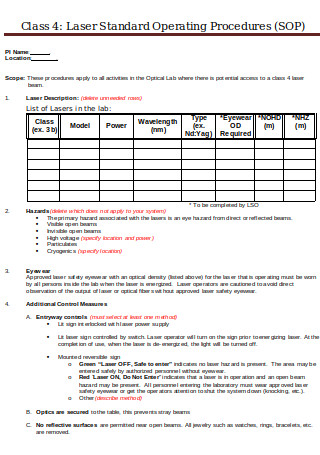
Laser Standard Operating Procedures
download now -
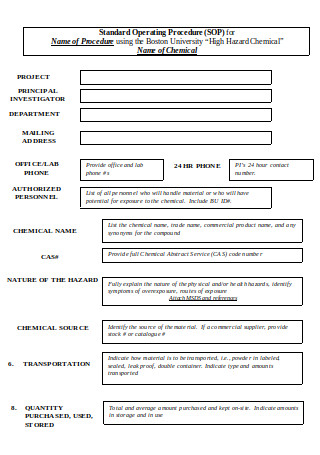
Standard Operating Procedures for Project
download now -

Biorepository SOP Example
download now -
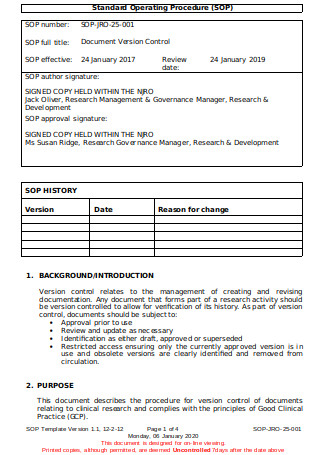
Hospital Standard Operating Procedures
download now -
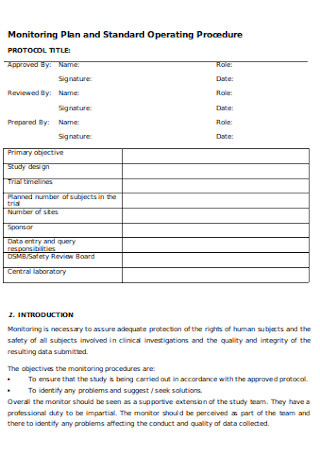
Army Monitoring Plan and SOP
download now -

Gender-Based Violence SOP
download now -
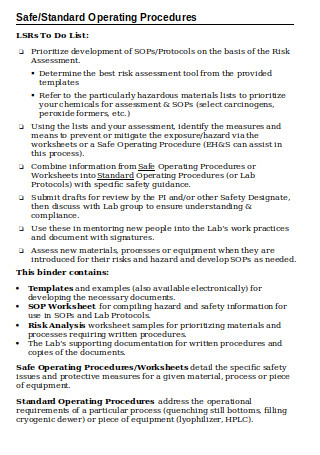
Safe/Standard Operating Procedures
download now -
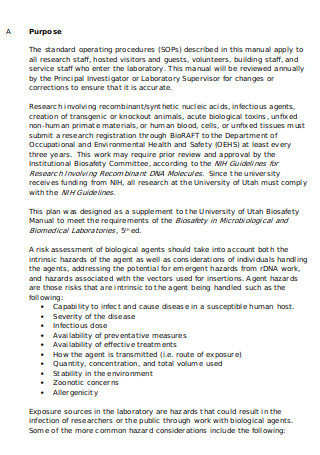
Biosafety Standard Operating Procedures
download now -

Generic Process Procedure SOP
download now -
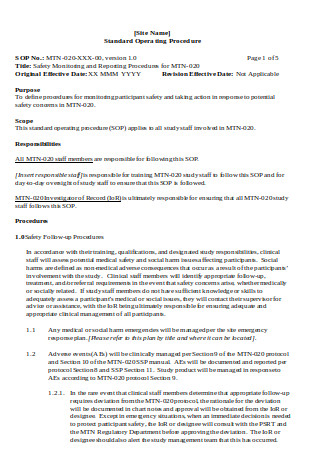
Sample SOP for Safety Monitoring
download now -
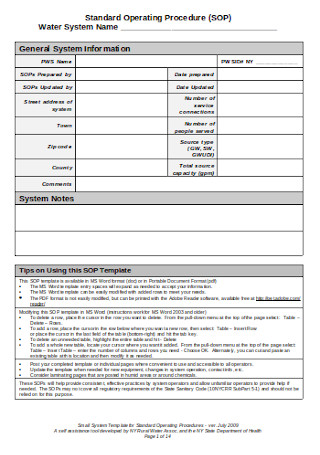
SOP for Drinking Water Systems
download now -
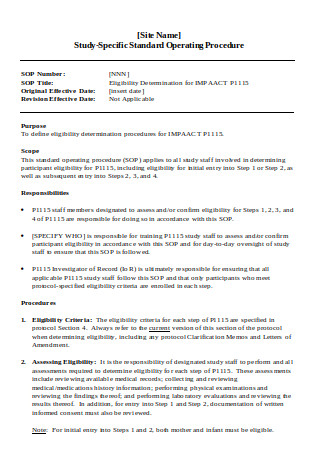
Sample SOP for Eligibility Determination
download now -
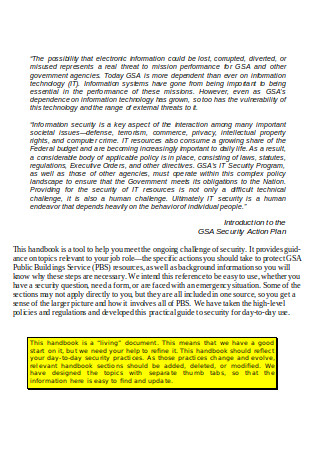
Security Handbook and SOP
download now -
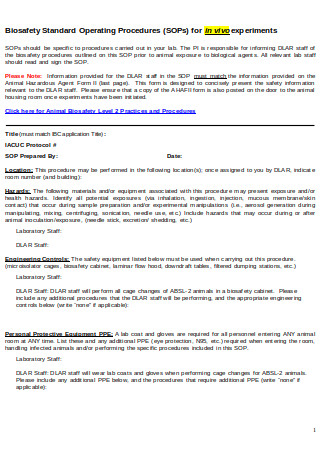
Laboratory SOP
download now -
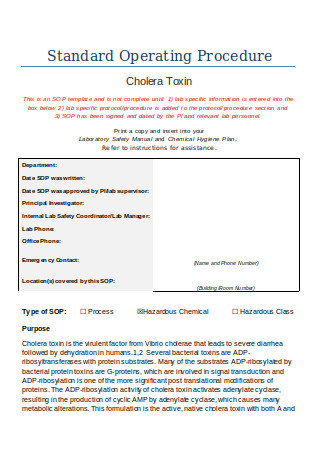
(SOP) Standard Operating Procedure
download now -
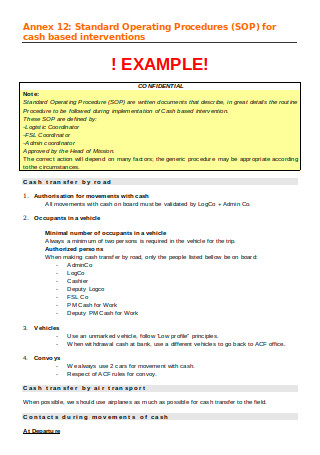
Local Standard Operating Procedures
download now -
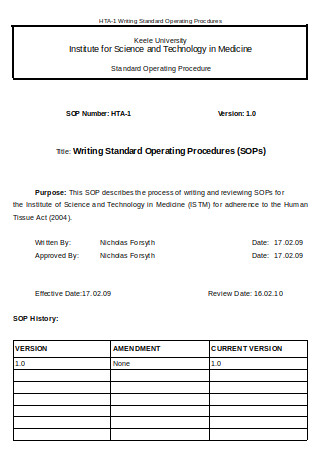
Writing Standard Operating Procedures
download now -
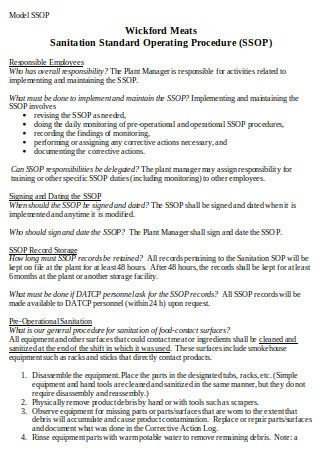
Standard Operating Procedure for Sanitation
download now -
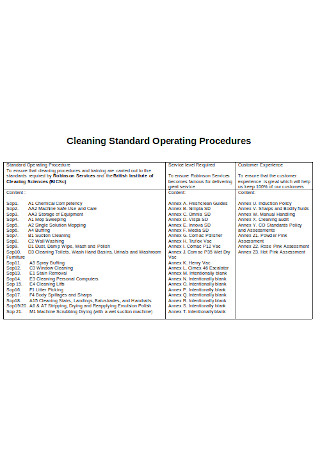
Cleaning Standard Operating Procedures
download now -
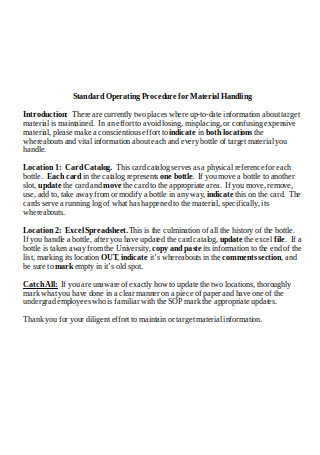
Standard Operating Procedure for Material Handling
download now -
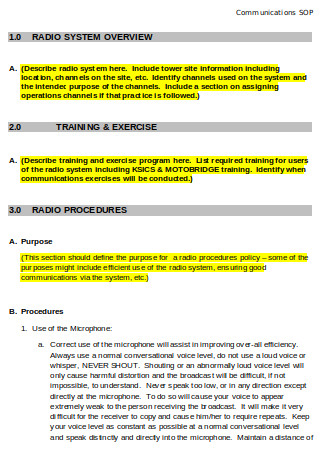
Communications SOP Template
download now -
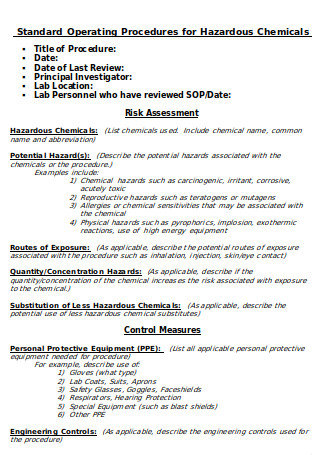
Hazardous Chemical SOP Template
download now -
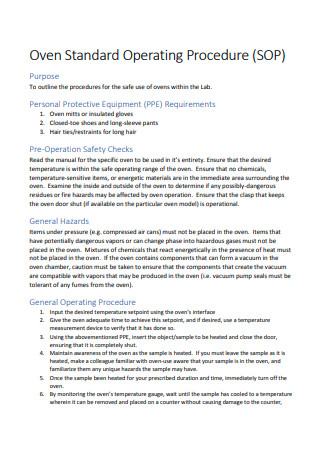
Oven Standard Operating Procedure
download now -
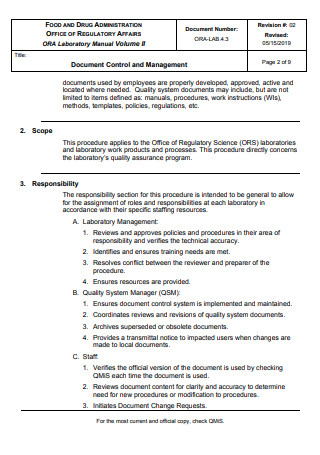
QMS Standard Operating Procedure
download now -
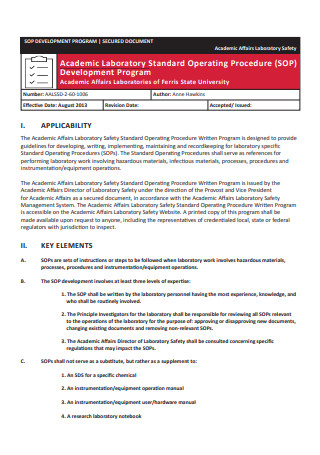
Academic Laboratory SOP
download now -
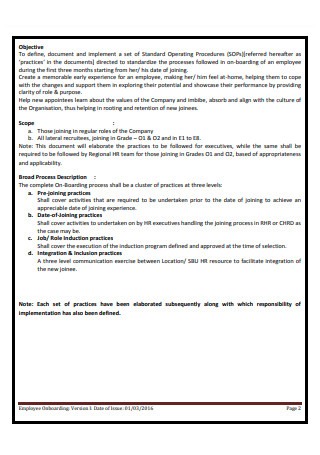
Boarding Standard Operating Procedure
download now -
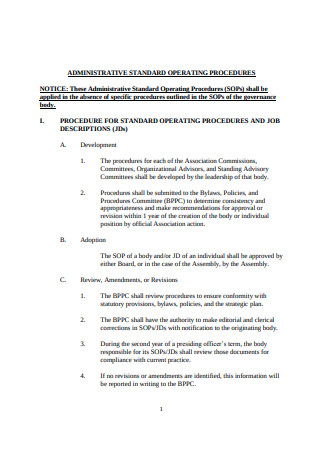
Administrative SOP
download now -

CheckPoint Standard Operating Procedure
download now -
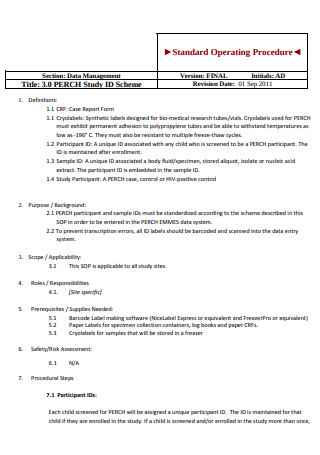
Data Management SOP
download now
What are Standard Operating Procedures?
People and institutions live in thriving societies together because of the existing laws and set of rules that uphold morals and respect. This coexistence is social order. The general concept of social order has trickled its way down to the institutions themselves. There are rules and regulations within corporations and organizations that lead to several positive opportunities and outcomes. Examples of such are standard operating procedures (SOP). These rules are step-by-step directives for activities that are integral to the daily operations of the company. Although it is commonly known to be widely used in the construction industry, it plays the same crucial role in other industries as well.
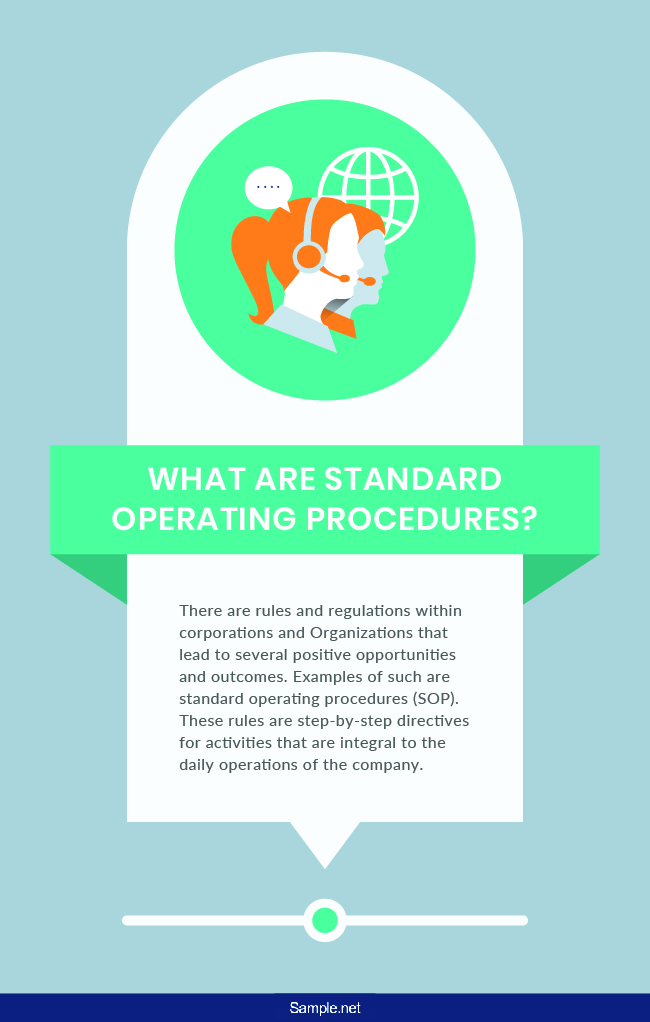
The Perks of Standard Operating Procedures
In a general sense, the smart goal of rules implemented in societies is to maintain peace and order. It respects boundaries and limits. It upholds the rights of each person. In smaller scales, such as in corporations, rules do provide various benefits. These benefits, regardless of the level of significance, contribute to the seamless operations of the organization.
What is the Relevance of SOPs in Industries?
Seeing that standard procedure organizes the inner workings of any institution, but how exactly does it help in creating a successful business? Standard procedures make procedures of the littlest tasks seamless. Listed below are well-established industries and some of its implications for its overall operations.
Manufacturing Industry
The manufacturing industry focuses on transforming materials to end products that are available for consumption. Factories, mills, and other processing companies are under this industry. So, what is the role of standard operating procedures in this area? It is the initial framework of the transformation process of the materials. In the case of Ford’s innovative assembly line in 1913, each part of the line was responsible for one task only. This practice reinforces mastery to the assigned employee, which also results in high-quality outputs. It can be deduced that their operating procedures were streamlined to the nature of their role. But, recent developments, operating procedures concern more with how to use the equipment. Strict compliance with the standard procedures guarantees the seamless operations of the company’s production.
Healthcare Industry
Order amidst the chaos is essential in any medical situation. When hospitals are flooded with patients who need different types of medication, practitioners follow SOPs on which kinds of patients to prioritize. The level of priority does not imply that someone is more important than the other; it means that someone is more at risk and is in a more critical situation. Standard practices in the healthcare industry are compiled together to save and take care of the most lives possible. The triage, mostly seen in emergency rooms, also follows the said idea. Aside from dealing with the patients in the hospital, standard operating procedures are crucial in laboratory procedures and handling and distributing medical drugs.
Hospitality Industry
In an industry where people interact directly with other people daily, standard procedures are necessary to ensure that these communications go as smoothly as possible. The hospitality industry includes restaurant and hotel management, transportation, and tourism businesses. All these ventures aim to provide quality customer service to the masses to acquire a sure return of income. Aside from following standard procedures in dealing with customers, conventional methods are also crucial in maintaining the quality of the establishment to provide the full satisfactory experience for the customers. Ultimately, the primary role of the standard operating procedures in the hospitality industry is to provide the best quality of service to the customers. From planning their trips, while on their travel, and doing the activities of their vacation.
Small Business Industry
A business’s success significantly relies on the proper implementation of its business plan in achieving long-term and short-term goals. All kinds of business, especially among start-ups and small businesses, require strict compliance to a standard framework to make the processes work together without a hitch. Standard procedures are also essential in stabilizing the performance of the business during its early years. Minor setbacks in the first months of operations are not uncommon in start-ups. Standard practices reduce the instances of repeating these mistakes. As a result, most small businesses benchmark their procedures from established institutions in the industry.
How to Compose Effective Standard Operating Procedures
The prevalence of standard operating procedures in various industries over the years proves its importance in the growth and development plans of a specific business. More than that, it demonstrates that order and proper execution of methods are vital for success. Similar to clean cogs and screws in a well-oiled machine—as one wheel turns, all the other pieces move according to their direction but all towards a common goal. The individuality of each business leads to the necessity of crafting a personalized manual for standard operating procedures. Here are some essential tips and methods on how to compose an advantageous manual for your business.
Step 1: Review the Main Goals of the Company
Before even starting to write and compile the standard operating procedures for your company, make sure to review the main objectives of the company as a whole. This necessary step is crucial in determining the key points to focus on. The standard procedures are measures on how to attain these end goals. The goals of the company serve as the guiding light in creating particular methods. Conducting this evaluation is similar to a top-down process in problem-solving wherein the solution is provided before the steps in achieving it. And so, it is crucial to tying in the goals of the company and the goals of the standard procedures.
Step 2: Assess the Company’s Current Condition
Now that your team has an excellent grasp of what you are working to achieve, you need to know what you are working with. It is impossible to open up a business without any rudimentary knowledge of setting up standard procedures before starting operations, so even start-up businesses are not starting with a blank canvass. There are fundamental procedures that are adopted by all businesses but vary according to the industry analysis. Assessing the current condition and performance of the company provides information regarding the production time and output data. Having these pieces of information serves as baseline data and reference as to how to improve or maintain it. These details become the target of creating specific operating procedures. Moreover, the current systems of the company can help determine if it needs more long term or short term procedures.
Step 3: Determine the Method of Writing the Procedure
After knowing the goals of coming up with the standard operating procedures, it is time to determine the method of how to write it. The processes and activities of the organization that need to be broken down into specific SOPs require different approaches. The simple steps format is for straightforward tasks in the organization. Another method is hierarchical steps. Basing on its name alone, making the procedure involves making decisions and clarifications upfront. Following a specific hierarchy also consists of following a more extended process and complying with several substeps accurately. Standard operating procedures are also formulated for lengthy processes by using the flowchart format. The flowchart works effectively well with tasks that have several possible outcomes. All in all, regardless of the method, make sure that the processes are concise and easy to understand.
Step 4: Review the Methods
Once you have come up with your properly written standard procedures, review all the statements several times. Check if each step is adequately worded to mean what it aims to relay. Aside from studying the grammatical aspect of the document, it is also proper to ensure the accuracy of the methods. A sure proof way of doing so is by discussing it with the people who actually do the tasks. As stated, standard operating processes are step-by-step processes of the necessary functions in the organization. These tasks are for all the facets of the company. So, all the employees follow a particular protocol to perform their responsibilities excellently. Let the cooks review the kitchen protocols, let the human resource specialists consider the procedures in selection and recruitment.
Step 5: Regulate the Implementation
Rules are useless if not implemented. This adage works with any society bearing any circumstance. Lawlessness does not necessarily mean the absence of rules, and it also means a lapse in its implementation. Taken into the context of organizations, standard operating procedures are nothing but mere documents without proper implementation and execution. After the finalization of the processes, it should follow through the proper dissemination channels to reach all who are involved. Conduct orientations and briefings whenever necessary. Informing the target audience is not the only goal comprehension is. Take the necessary steps required in your company to fully implement the new or improved set of standard operating procedures.

